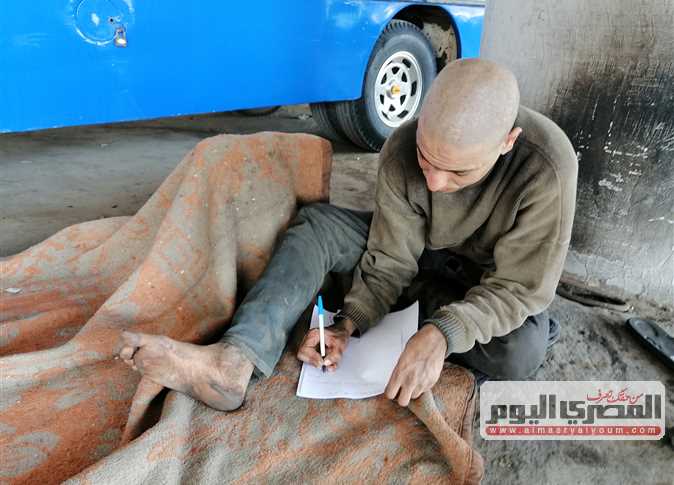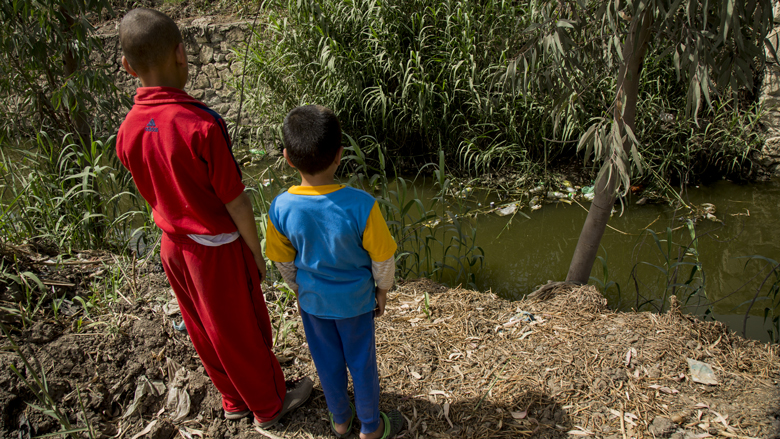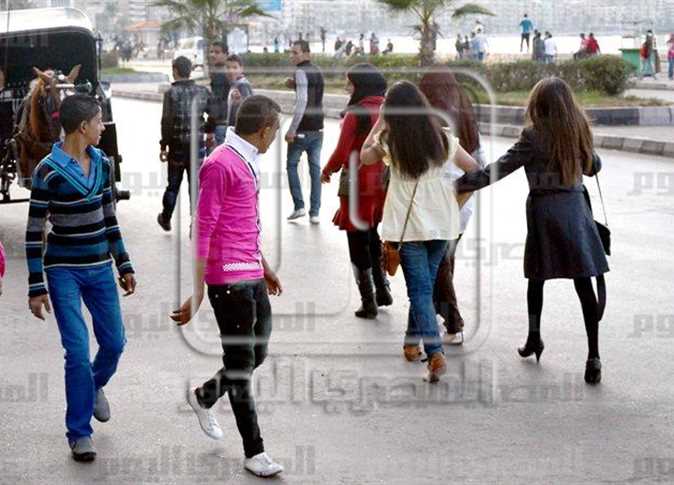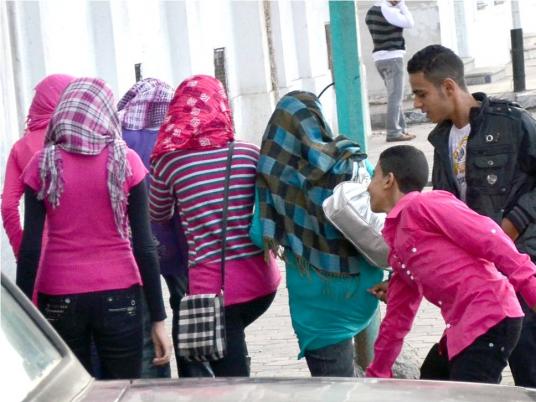I read the papers and online testimonials of group attacks on women in the streets. If I had not read the titles, I would have thought the authors had suddenly taken an interest in the daily lives of street children. I would have assumed they had become avid observers who had taken to the street to highlight this prevalence, and its normality in the street culture that very young children live every night.
But no. The titles indicate these testimonials are about younger and older “welaad naas” women of the middle class — because, remember, street kids are the excluded class. These articles are written because “citizens” have been struck, “citizens’” honor has been violated, and “citizens’” human rights have been wronged.
But street children? They aren’t citizens — they don’t even hold IDs. When they arrive, raped, shot or dead in front of the shelter doors, there hasn’t been a crime because a citizen hasn’t been involved. So, no, this flood of articles about harassment, sexual attacks and gang rape on the streets is not about street kids.
But this is the everyday reality for these children, and I have come to know these streets in the way that they have been recently discovered by others. So I thought that maybe by writing this, I could shed a different light — a look from a different angle — on a phenomenon that so many are horrified by and so unfamiliar with.
I am arguing here that this is just one of the ugly faces of the street, just as each human, each friend, has an ugly face, which you get to see, know and get scorned by once you have spent a long enough time with it. Its reality and its crudeness cannot hide forever. The euphoria of the imagined utopia of solidarity that the street brings during revolutionary times begins to crack, and the street and all its non-citizen inhabitants become a reality that you cannot escape.
Talking about scarring — a lot of attention and horror has been expressed following the attack in which a blade was used on one victim of these assaults. I wonder about the irony of the timing of this. Just last month, I took one of my street girls to a generous plastic surgeon who had offered my girls free reconstructive surgery for the scars they suffered during such attacks on the street.
The scarring is part of the street rape culture; any boy or girl who has been raped on the street will be “marked.” This mark, usually a curve under the eye of the victim, will mean they are no longer virgins. Subsequent sexual attacks — and there will be many — will lead to smaller marks anywhere else on the body.
One girl, who none of us at the shelter will ever forget, was lucky. She escaped the scarring on the face but needed 16 stitches on her lower back, where she was knifed as she escaped her rapists.
I am not an expert in conspiracy theories, but I am a consultant on street kids and the risks of the street. And so, when I read the musings that the National Democratic Party, the Muslim Brotherhood or someone else is organizing these mob sex attacks, my better judgment makes me tentative.
I remember that no one paid the four men in their 30s and 40s to gang rape 7-year-old Maya who had been living in the street for just four days before that. The younger the child, the attackers think, the smaller the risk of contracting HIV.
Being on the street brings with it much risk. The longer you stay in it, the more likely you will be exposed to that risk.
Does it make it OK? Of course not. But what it does is highlight the plight of the children who do not conjure up the same attention and horror when these attacks happen to them.
What it does do is emphasize the terror that the streets have become because we have allowed them to be unsafe. The law and its enforcement is, and always has been, neglectful of the sphere that, in our country, is home to many.
Does it deserve to be treated with less fury because it’s an everyday reality? No, but the anger, the support, the reform that needs to come after it has to be extended to those who are not on the official count of these attacks — because there has not just been 25 attacks on the street since the start of the year.
As street kids will tell you, gang rape is just the start for them — prostitution, trafficking and pornography follow shortly afterward. What the revolutionary class is experiencing now is only the initiation of what thousands of children on our streets, boys and girls, experience. Imagine that?
The dysfunctional compass of blame is at work. Just as people point a finger of reprimand at the street kids for being on the street and not at home, ignoring all the reasons that have pushed them onto it, now the same fingers point at the girls and women getting attacked in Tahrir and elsewhere, suggesting it’s their fault for not staying safe at home.
Accountability: Once we learn the meaning of this word, perhaps the streets might be a little safer for all.
Nelly Ali is a human geographer doing her PhD at Birkbeck College, University of London. She works with street girls and young street mothers in Cairo.




